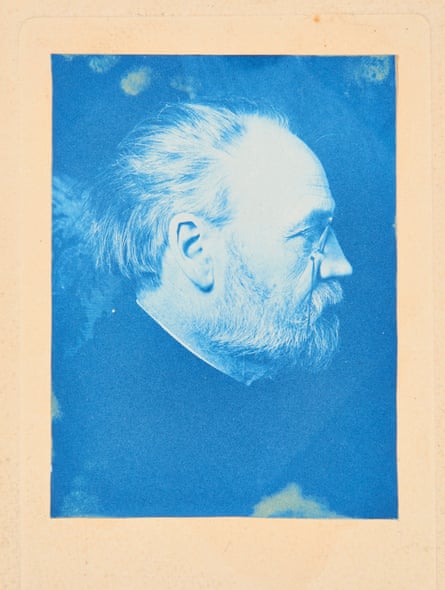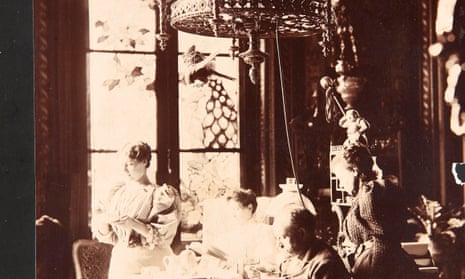Émile Zola is best known as the 19th century French author of celebrated works including Thérèse Raquin, Nana and Germinal.
Now, the leader of the Naturalist literary movement is being recognised as a talented and experimental photographer with the auction of a rarely seen personal collection of pictures.
In the eight years before his death in 1902, Zola became obsessed with photography, taking thousands of pictures with his 10 cameras and developing them in the basements of his three homes.

The collection, expected to fetch up to €60,000 (£53,000) when it goes under the hammer on Monday evening, belonged to the writer’s grandson, François Émile-Zola, who died in 1989, who inherited it from Zola’s son, Jacques. The auction includes albums, prints, glass plates and photographic equipment as well as white linen laboratory coats embroidered with Zola’s initials.

Much of it was only seen for the first time in 1979, when Emile-Zola published a book, Zola, photographe.
Zola was 54 when he discovered photography; he not only took pictures but also experimented with film development and made his own contact sheets.
The collection includes images of his wife, Alexandrine, and the children he had with his mistress, Jeanne, his favourite model, as well as scenes of Paris in the 1890s and pictures taken during his 11 months in exile in London.
Zola was forced to flee France after being caught up in the Dreyfus affair. In an open letter to the French president, Félix Faure, headlined “J’Accuse…!”, Zola accused army top brass of fixing the trial of Captain Alfred Dreyfus, who was found guilty of spying.

Zola also developed a form of selfie, taking auto-portraits using a makeshift trigger.
Antoine Romand, a photography expert at Artcurial, which is organising the auction, told France Culture the author had a “special eye” and his pictures were “well framed and well exposed”.
“He made his own prints and developed his own films, so he mastered the chemical process of photography. He messed up from time to time, but that’s how he learned.”
Romand said an auto-portrait of Zola from about 1900 in profile printed in blue was “rare for the period”.
“The convention was to pose face on or with three-quarters of the face to the lens. Here, the fact that he posed in profile gives a greater dramatic tension. This photo shows us how Zola was very curious. He wanted to make new discoveries and we have a sense of a permanent aesthetic quest,” Romand said.
